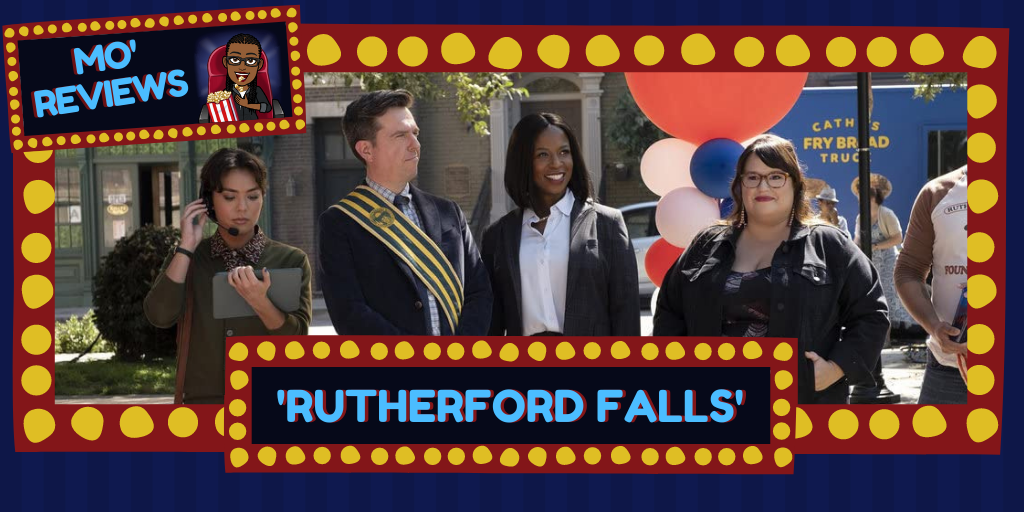As I’ve written about before, Native American performers–long denied their chance in the spotlight–are now breaking through in 2021. The most anticipated breakthrough was Peacock’s original comedy series, Rutherford Falls. Created by Ed Helms and Sierra Teller Ornelas and starring Helms, Jana Schmieding, and Michael Greyeyes, the series is a welcome breath of fresh air in the cultural landscape of modern comedy.
The series follows Nathan Rutherford (Helms), a nerdy man who revels in his nerdom, particularly when it comes to his family history. His ancestor founded Rutherford Falls, and his obsession with promoting one of the “good” white founders of America makes him more close-minded than he believes he is. His best friend, Reagan Wells (Schmieding), tries to help him promote his heritage and Nathan’s teenage intern Bobbie Yang (Jesse Leigh). But Jana soon realizes that she might have catered too much to Nathan’s white male fantasies about history and culture, to the point where she’s denied herself her own emotions about Nathan’s overbearing nature about the Rutherford name.
For instance, Nathan is quick to assert how his culture is essential to the story of America. Yet, he refuses to see how Reagan’s culture as a Native American is less celebrated and more hidden than his own. When she starts learning how to assert herself against Nathan’s ignorance, Nathan can’t handle it, either denying her emotions as real or becoming outwardly hostile. What’s interesting is that for a man who thinks he “gets it,” Nathan truly doesn’t. It only takes an earth-shattering event in Nathan’s life for him to realize that he isn’t as pulled together as he thinks.
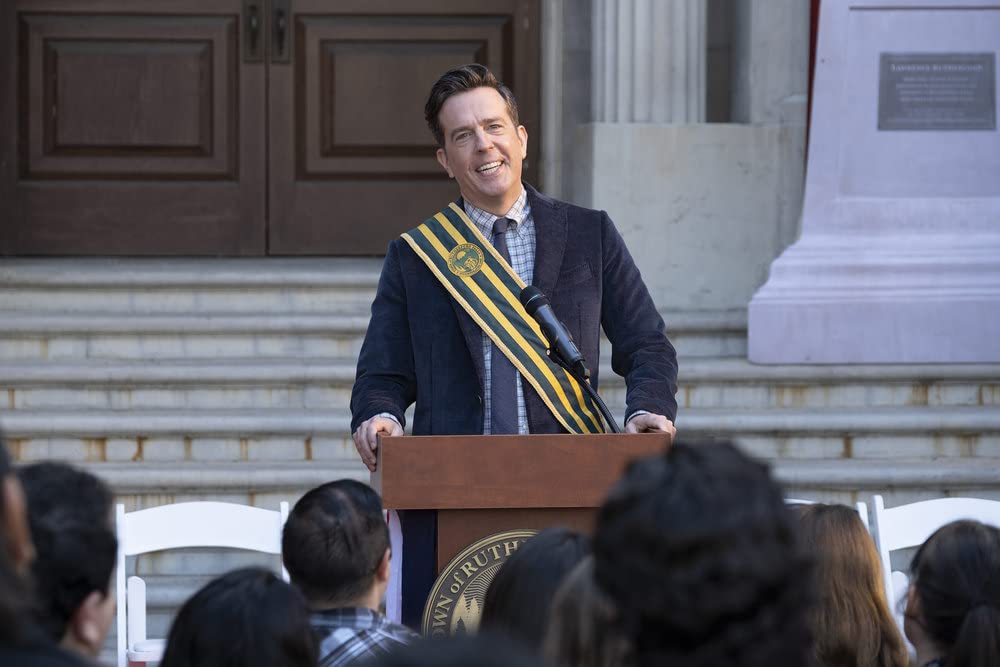
What’s fascinating about Rutherford Falls is that the drama surrounds the town’s lynchpin, a statue of Nathan’s ancestor in the center of town, and the debate over taking it down. It plays on what we are dealing with in our lives–the discussion and action around taking down statues of racist white settlers. The presence of the statue brings out everyone’s points of view and personal failings. Nathan is the epitome of the “liberal” white man who thinks he’s not racist when his penchant for microaggressions and outright denial say otherwise. He’s a man who means well and is good at heart. Still, because raised in a racist country, he doesn’t realize that his privilege as the dominant culture means many of his actions regarding race and culture could be suspect without him even knowing it.
Reagan, on the other hand, seems to be a person who suffers from toxic code-switching. As Ornelas discussed in her Elle interview, the series was able to dissect Reagan’s “college elitism,” which casino president CEO Terry Thomas (Greyeyes) directly addresses by making Reagan do menial yet community-building tasks for the fictional Minneshonka tribe. Like Nathan, Reagan is also fascinated by history and works to create a Minneshonka cultural center (compared to Nathan’s Rutherford Falls museum). But to realize her dream, Reagan has to reacquaint herself with the fact that the path to her goal is to gain a new foothold with her people; she won’t get anywhere with her dream if she tries to achieve it through her friendship with Nathan.
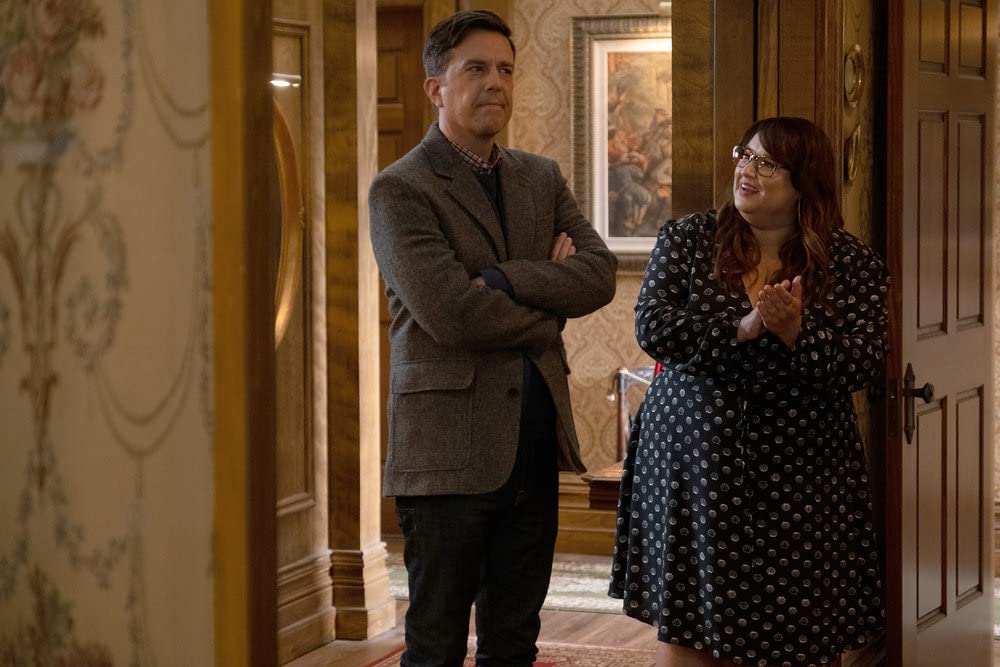
Terry, on the other hand, is my dream of a character on television. Greyeyes’ Terry brings intensity, focus, and drive to the series, taking the comedy closer to a dramedy or even a flat-out drama. The writers purposefully miscast Terry’s passion as a villainous trait that puts him in opposition to Nathan’s idealism. But the misdirect gives viewers a chance for Terry to explain himself, his methodology, and his intent on giving his tribe everything they are owed from white America.
One scene with Terry goes down as one of the best scenes I’ve seen on TV, period. That scene alone is up there with the entire Watchmen HBO series; that’s how good the scene is to me. In it, NPR reporter (and Reagan’s love interest) Josh Carter (Dustin Milligan) asks him a presumptuous question about if running a casino goes against Minneshonka values. The ensuing speech not only dresses down liberal passive-aggressive culture–a culture that still asserts white privilege despite white liberals believing the obvious–but also dresses down the entirety of America itself, including its relationship to capitalism and uplifting the self over the whole.
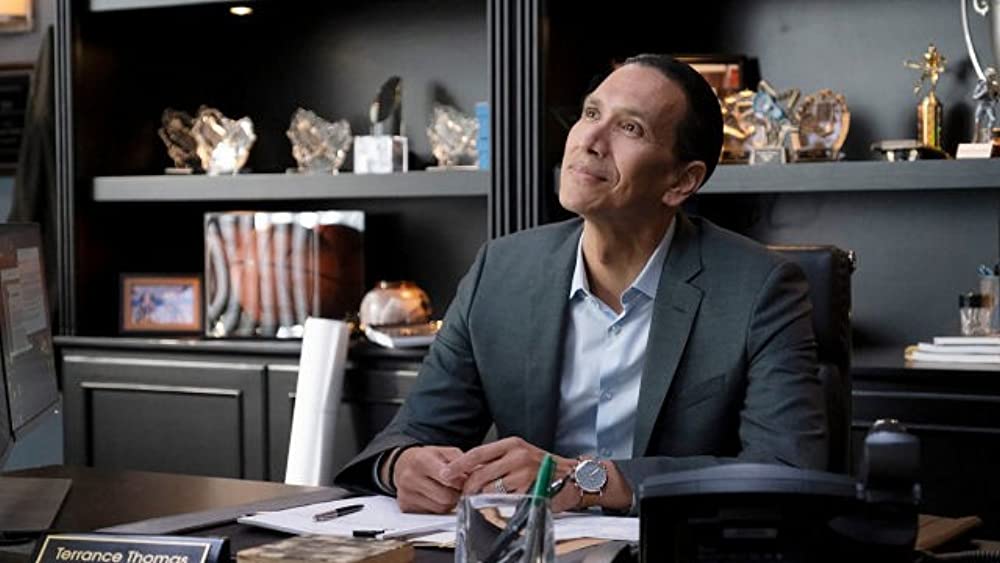
Greyeyes told CBC News that he cried after he read the script, saying, “It was the kind of speech that I’ve waited 30 years in a career in film and televisoin and theatre to say.”
“[H]e’s a chameleon. He’s mercurial,” he said about Terry. “I love that someone who’s positioned as an antagonist in the story is written with such complexity and nuance.”
Indeed, Greyeyes’ character might have been positioned as antagonistic initially, but his character is what American viewers need. He is immovable in his stance about race relations between white Americans and Native Americans. That type of staunch persona serves as a critical challenge to viewers who believe in the American dream.
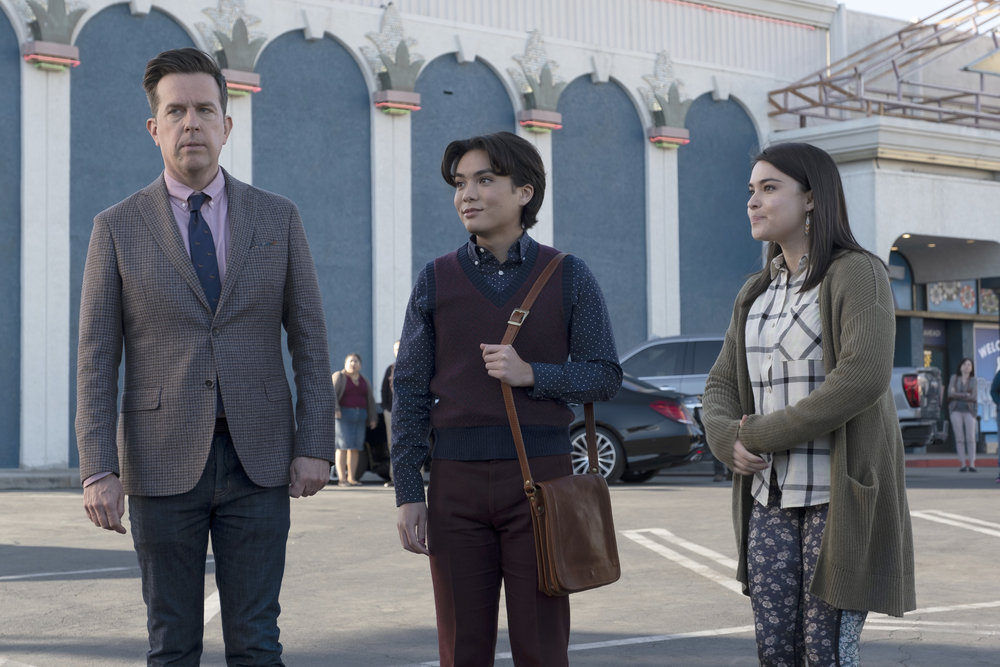
Other high points include Leigh as Bobbie and Dana L. Wilson as the first Black mayor of Rutherford Falls, Deidre Chisenhall. But to me, they are also underwritten, with Deidre being the most underwritten of all. The series’ focus is on Native American storylines, so I’m not particularly bothered by Deidre being a tertiary character. However, her lack of definition becomes apparent when the series does try to address her position as the first Black mayor of a town steeped in white supremacist mythos. The writers could have pushed her character further to talk about what it’s like to be a Black American politician who has to seemingly deny some of her feelings about racist statues and white figures to keep her white constituents happy.
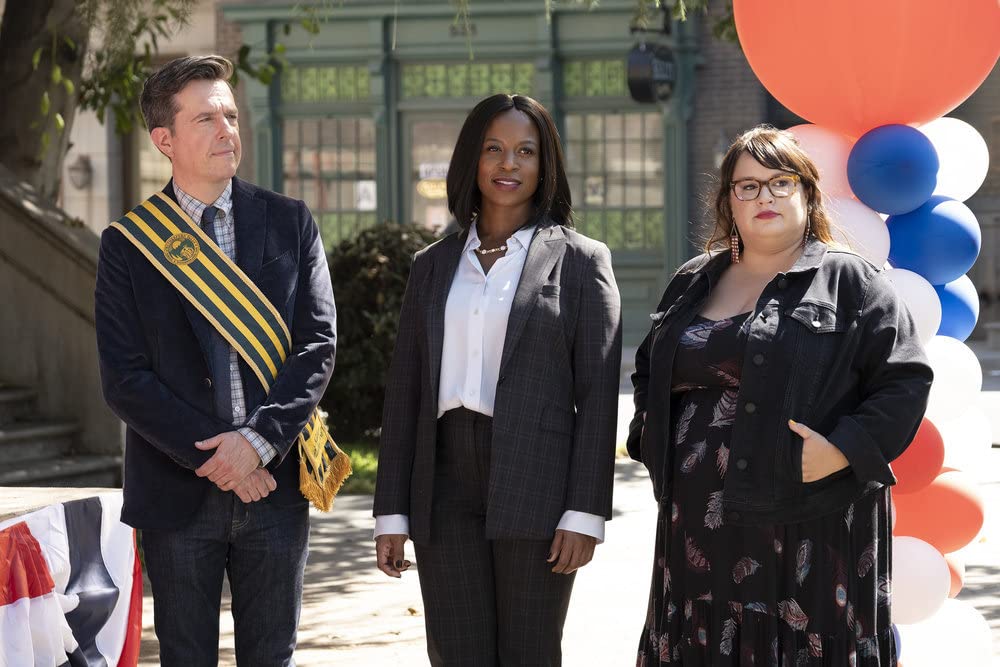
Bobbie is a great addition as far as pushing more non-binary actors into the foreground. They’re written more as comic relief, which could be seen as either fun representation or conforming to stereotypes about gay and non-binary actors filling only one type of role. Hopefully, Bobbie can also be written up more in the next season to showcase their struggles and views on life. Bobbie is now mainly used to further Nathan’s agenda, which seems a little weird since Bobbie strikes me as someone who should be well-versed on the current cultural talking points thanks to social media. It would seem that they of all people, as a minority on many fronts, would be against keeping the Rutherford statue up.
On the other hand, I do like that there was a quick nod to Black Native Americans. In one scene, when Reagan and Terry are at a Native casino convention, Reagan is sitting with other CEO assistants, one being a Black Native woman. She had a small speaking role, but her presence was great for Black Native viewers who might often feel marginalized on both sides of their communities.
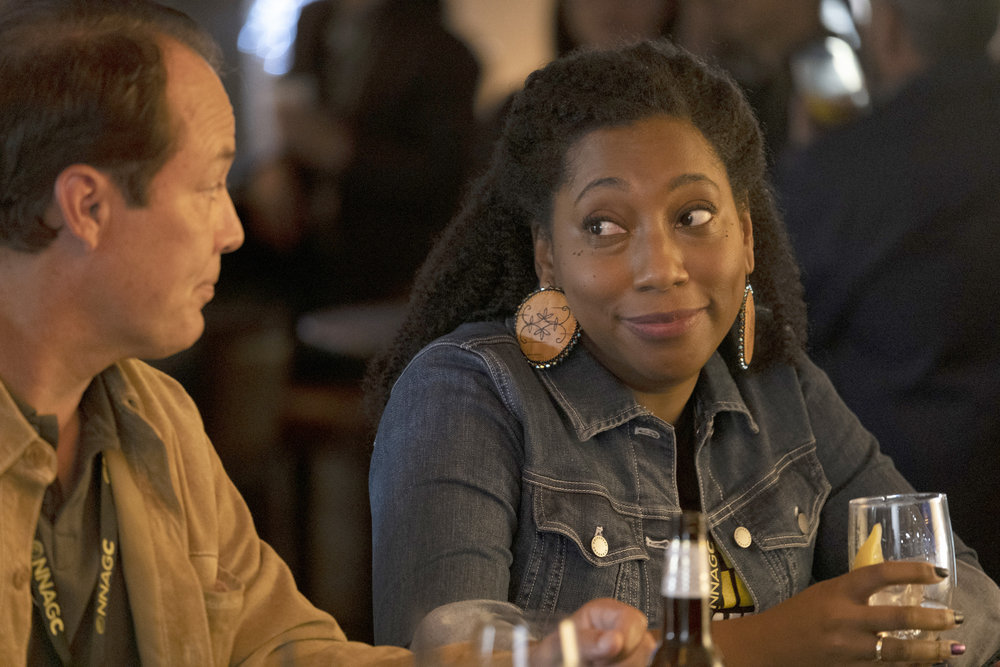
Overall, though, Rutherford Falls is a home run. It forces audiences to recognize how important this moment is. We have never seen a Native American comedy on TV before. But now we can say we have. With Taika Waititi’s Reservoir Dogs coming and more writers being inspired to pitch their projects, Rutherford Falls will thankfully not be the last we see of Native Americans building a long-lasting platform in mainstream entertainment.
